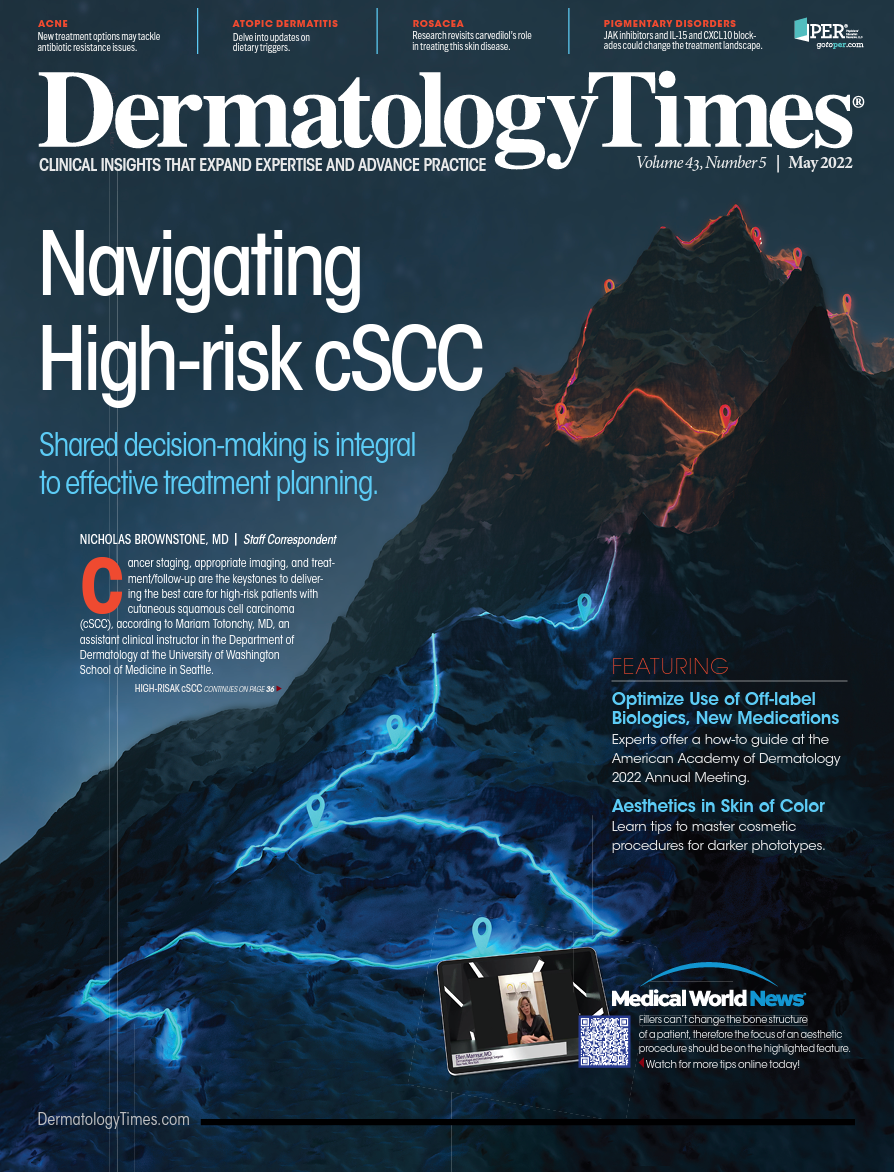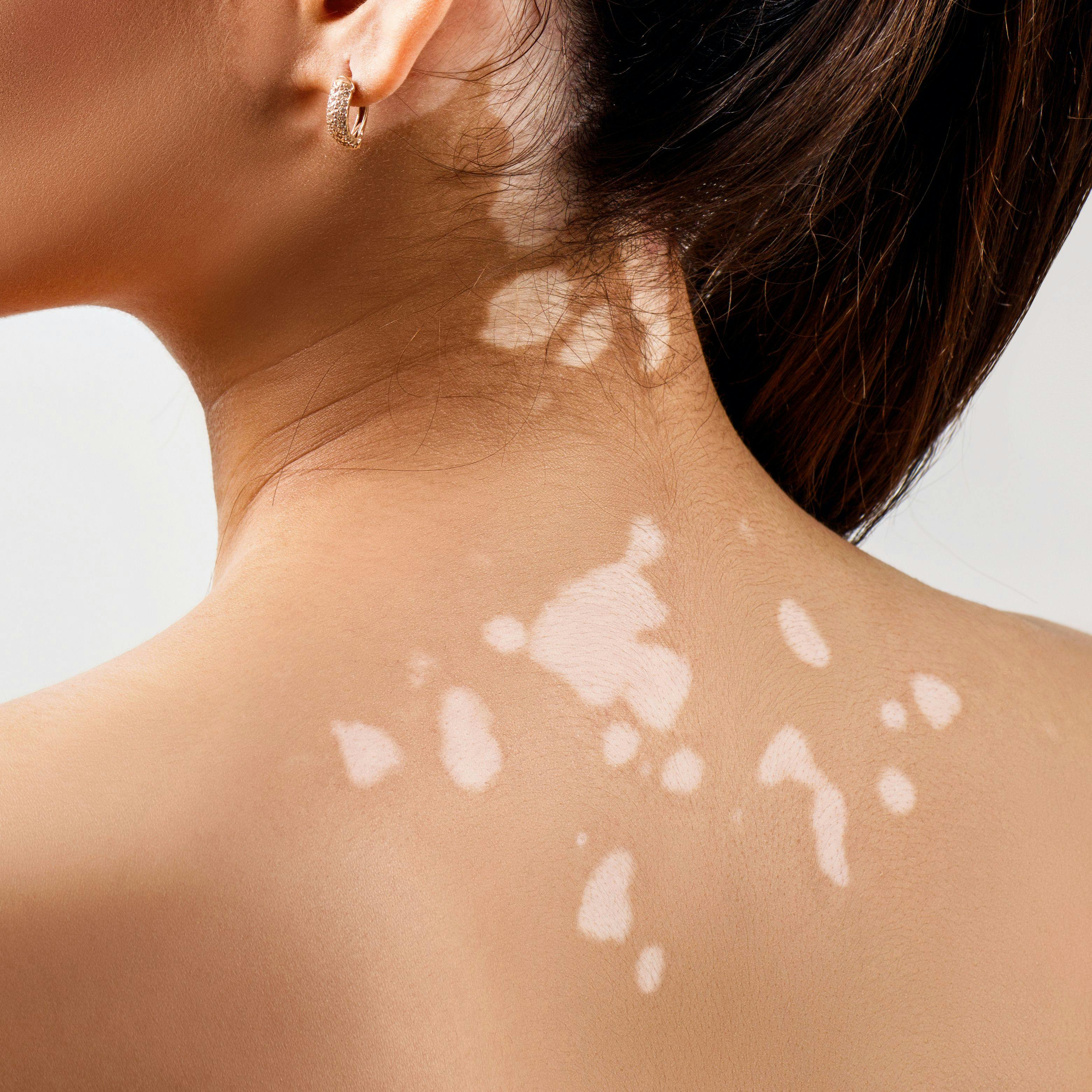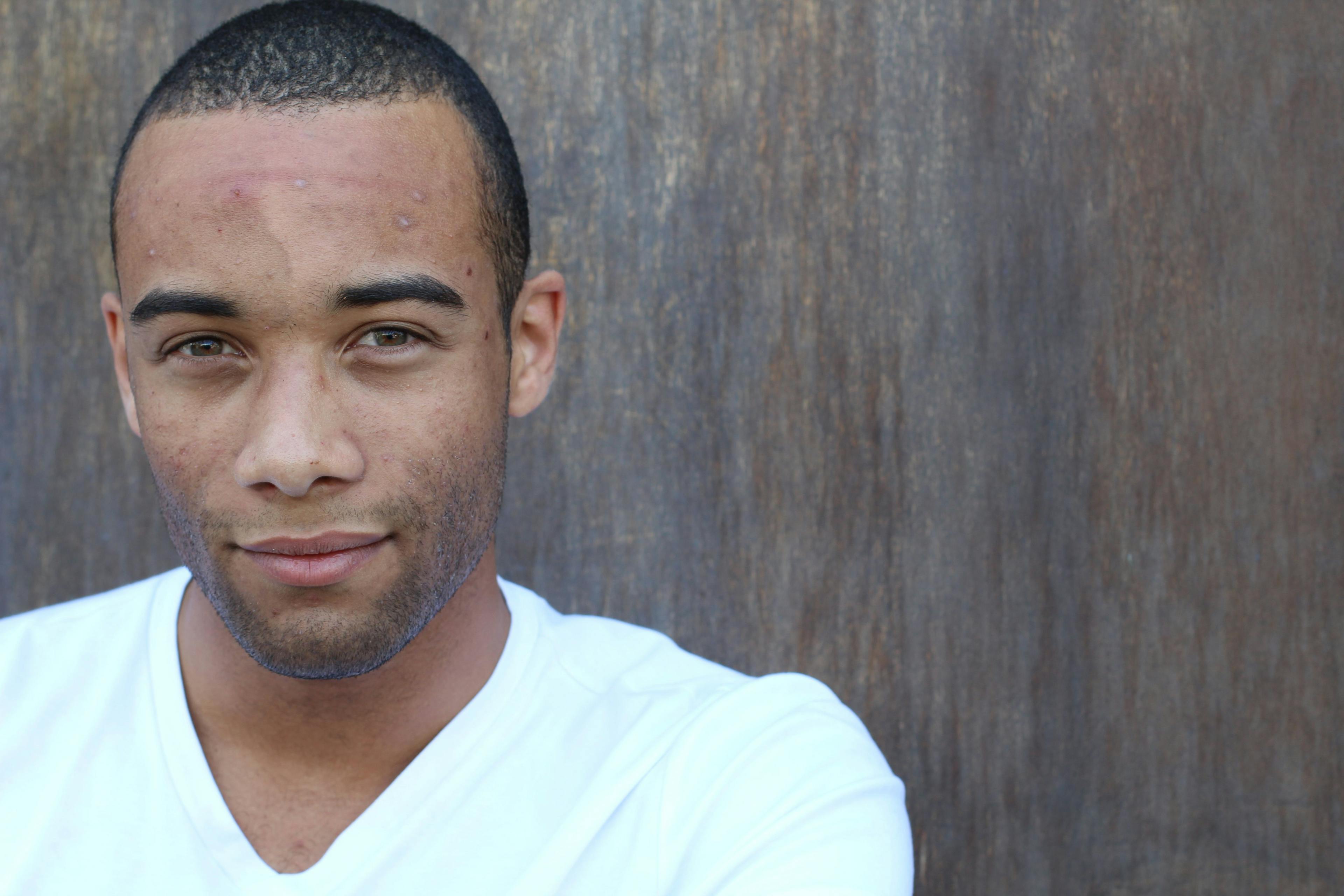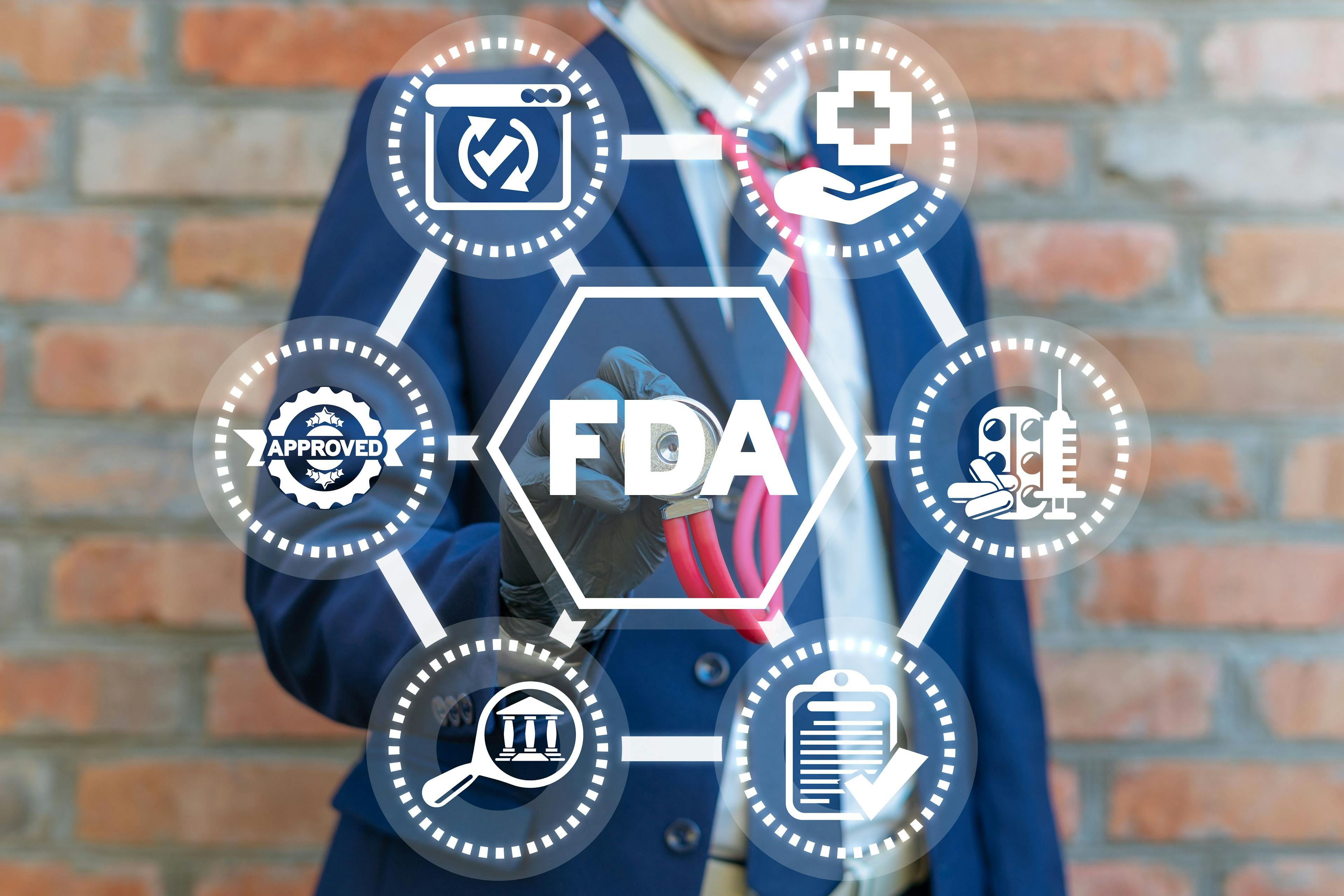- Acne
- Actinic Keratosis
- Aesthetics
- Alopecia
- Atopic Dermatitis
- Buy-and-Bill
- COVID-19
- Case-Based Roundtable
- Chronic Hand Eczema
- Chronic Spontaneous Urticaria
- Drug Watch
- Eczema
- General Dermatology
- Hidradenitis Suppurativa
- Melasma
- NP and PA
- Pediatric Dermatology
- Pigmentary Disorders
- Practice Management
- Precision Medicine and Biologics
- Prurigo Nodularis
- Psoriasis
- Psoriatic Arthritis
- Rare Disease
- Rosacea
- Skin Cancer
- Vitiligo
- Wound Care
Publication
Article
Dermatology Times
Emergent Applications for Platelet-Rich Plasma
Author(s):
A comprehensive review explored new uses of this popular technology in aesthetic and medical dermatology.
Platelet-rich plasma (PRP) treatment, which is increasingly popular in dermatology, involves centrifugation of whole blood to produce concentrated platelets in a plasma solution. Its ability to heal and regenerate tissue makes it a desirable option for many well-established dermatologic issues. But what about emerging uses?
For a comprehensive review that was recently published in the Journal of Clinical and Aesthetic Dermatology, Christopher White, DO, FAAD, of Dermatology Partners in Strongsville, Ohio, and colleagues explored emerging applications for PRP to broaden its clinical use. The team searched PubMed in April 2020 to identify and summarize studies published between 2000 and 2020 on emergent PRP uses.
“These studies were reviewed to synthesize collection methods, treatment schedule, adverse effects, and the impact of therapy for new and emerging uses for PRP,” the authors wrote. They looked for treatment outcomes for nail disorders, lichen sclerosus, plaque psoriasis, alopecia, pigmentary disorders, and leprosy-induced peripheral neuropathy, as well as skin rejuvenation and scar revision.
To focus on emergent uses in dermatology, the investigators looked for subjects with preliminary literature, which was defined as fewer than 30 studies on the topic. They excluded uses of PRP that had more than 30 clinical studies, such as for androgenetic alopecia and wound healing.
The review included 73 studies selected for design, participant characteristics, method of PRP preparation and delivery, treatment schedule, comparisons, and clinical outcomes. White and colleagues reported the following delivery methods: topical application to intradermal, deep dermal, subdermal, subfollicular, subcutaneous, perineural, and intramatricial injection.
“Forty-five studies had a treatment group with PRP monotherapy, while 35 studies had a treatment group with PRP in combination with either microneedling (n=0 studies), fractional laser resurfacing (n=17 studies), subcision (n=3 studies), microdermabrasion (n=1 study), excimer laser (n=1 study), NV-UVB (n=1 study), methotrexate (n=1 study), or intralesional corticosteroids (n=1 study),” the authors wrote.
Of the 24 studies on skin rejuvenation, PRP was used as monotherapy in 19 studies, combined with fractional laser resurfacing in 4, and used with microneedling in 1 study. For monotherapy, improvement from baseline was seen in at least 1 clinical outcome, with 13 outcomes reporting significant P values. According to study investigators, PRP resulted in improvements in “skin color homogeneity, redness, texture, firmness, wrinkles, pores, elasticity, barrier function, and capacitance compared to baseline.” Results of all 13 studies that reported on patient outcomes revealed increased satisfaction. Patient-reported outcomes were similar for PRP plus fractional laser resurfacing.
The review included 21 studies on scar revision: 10 in conjunction with fractional laser therapy; 8, with microneedling; 1, with microneedling and subcision; and 1, with subcision. Investigators noted that the studies mostly targeted atrophic acne scarring, with 2 examining posttraumatic and varicelliform scars. From this, investigators reported positive clinical outcomes and patient satisfaction, with statistically significant improvements in the use of PRP treatment.
Alopecia was explored in 5 studies, with investigators reporting greater success with PRP injections plus minoxidil. For alopecia, “PRP showed improvement compared to baseline, controls, and standard therapies,” White and colleagues said.
Four studies examined PRP’s use in disorders of pigmentation, and 6 looked at its use for lichen sclerosus, reporting statistically significant clinical outcomes and patient satisfaction. In addition, investigators noted anecdotal evidence of PRP benefits for leprosy peripheral neuropathy and nail dystrophy.
In a joint email interview with Dermatology Times®, Matt Leavitt, MD, FAAD, executive chairman and founder of Advanced Dermatology and Cosmetic Surgery in East Greenwich, Rhode Island, and Spencer Hawkins, MD, FAAD, also of Advanced Dermatology and Cosmetic Surgery, who were not affiliated with the review, said that the most important takeaway for providers in practice is that “PRP shows promise in treatment for a wide range of dermatologic conditions beyond wound healing and androgenic alopecia.” These include alopecia areata, scarring alopecia, scars, pigmentary disorders, and lichen sclerosus; it may also be of benefit with skin rejuvenation, they said. Best practices for PRP in these less common uses remain unestablished, Leavitt and Hawkins said, and additional focused research is needed before wider adoption of PRP treatment.
“The lack of standardization in PRP preparation and administration significantly limits our ability to make comparisons between studies,” Leavitt and Hawkins told Dermatology Times®. “PRP preparation and administration best practices should be established to help draw definitive conclusions from future studies.”
They added that the studies highlighted in the review should not serve as guidelines but instead be used as starting points for further comparative research. “For each potential application, the optimal means of preparation, such as the number of centrifugation steps and speed, presence of an anticoagulant, and presence of an activator, need to be established, as well as the appropriate means of administration: intradermal, subdermal, subcutaneous, topical, or topical with microneedling/fractional ablative laser,” they explained. They also emphasized the need for establishing an optimal treatment timeline.
“Statistically significant improvement does not necessarily mean clinically meaningful improvement, especially when these treatments are expensive and often not covered by insurance,” Leavitt and Hawkins said. “When considering a trial of PRP for a less common indication, we think it’s critical to return to the literature to best estimate the potential for clinically significant improvement on a patient-by-patient basis.”
Disclosures
The study authors and interviewees report no conflicts of interest.
Reference
White C, Brahs A, Dorton D, Witfill K. Platelet-rich plasma: a comprehensive review of emerging applications in medical and aesthetic dermatology. J Clin Aesthet Dermatol. 2021;14(11):44-57.

Newsletter
Like what you’re reading? Subscribe to Dermatology Times for weekly updates on therapies, innovations, and real-world practice tips.





























